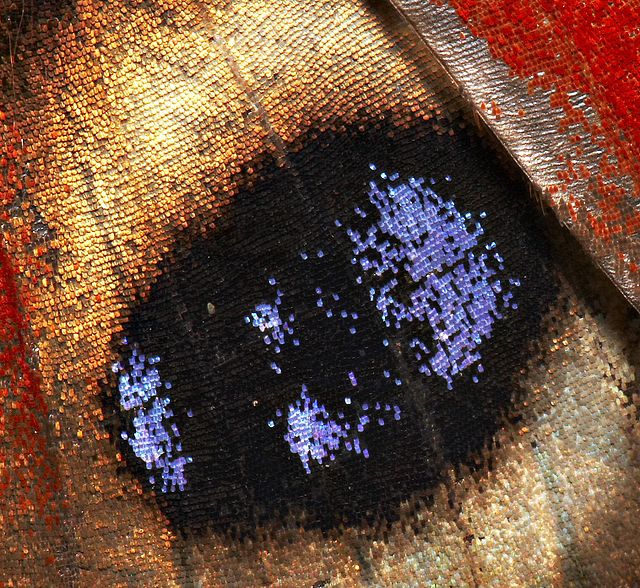Mud-puddling, or simply puddling, is a behaviour most conspicuous in butterflies, but also occurring in other animals, primarily insects. The organism seeks out nutrients in certain moist substances such as rotting plant matter, mud and carrion, and suck up the fluid. Where the conditions are suitable, conspicuous insects such as butterflies commonly form aggregations on wet soil, dung or carrion. From the fluids they obtain salts and amino acids that play various roles in their physiology, ethology and ecology. This behaviour also has been seen in some other insects like the leafhoppers, e.g. the potato leafhopper, Empoasca fabae.
Parthenos sylvia mud-puddling at the edge of a forest stream
Aggregation of butterflies mud puddling
Collective of different butterfly species mud-puddling on a damp stream bed
Spot swordtail excreting excess water after mud-puddling
Butterflies are winged insects from the lepidopteran suborder Rhopalocera, characterized by large, often brightly coloured wings that often fold together when at rest, and a conspicuous, fluttering flight. The group comprises the superfamilies Hedyloidea and Papilionoidea. The oldest butterfly fossils have been dated to the Paleocene, about 56 million years ago, though they likely originated in the Late Cretaceous, about 101 million years ago.
Butterfly
Possibly the original butter-fly. A male brimstone (Gonepteryx rhamni) in flight.
A zoomed in view of the wing scales on a Aglais io, or peacock butterfly.
Unlike butterflies, most moths (like Laothoe populi) fly by night and hide by day.








